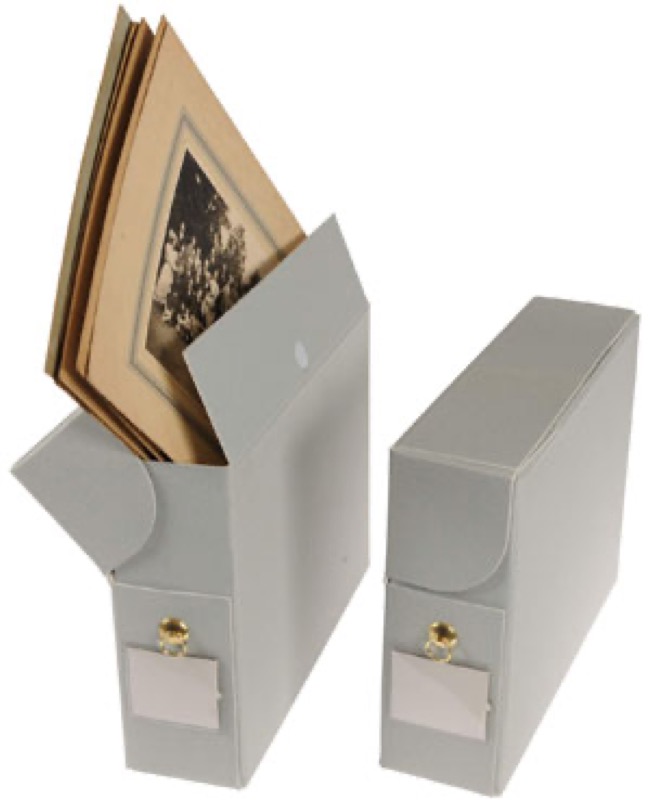The best way to preserve a work is always... to frame it! Other methods will, however, allow you to protect the work, both from accidents and from the passage of time.
1. Prevention
- Before you begin to create your projects is the best time to assure them of the chance to lead a long and happy existence.
- Work on antifungal and acid-free papers.
- Choose tightly-woven canvasses, made from strong natural fibers. Linen is preferable to cotton, which is extremely fragile, and to jute, the tannins of which can stain the pictorial layer. Synthetic fibers reduce the adhesion of the paint.
- Use sized canvasses. If you choose canvasses without sizing, apply a prep coat (such as gesso), which will not only increase the paint adhesion but also the
protection of your creation. which will not only increase the paint adhesion but also the protection of your creation. - Keep in mind the inevitable changes of certain pigments, when choosing and mixing your colors: oxidation, color change, crackling when dry, etc.

2. The proper use of varnish
Certain varnishes are indispensable, such as those used by restorers to separate their "repainting" from the original work. Most varnishes are optional and have their proponents and their detractors. If they noticeably change the brilliance of pastels, for example, they also improve the adhesion of their pigments. They keep powdery media (dry pastels, charcoal, graphite pencil for example) in place during regular wiping, eliminating soiling or dust. In short, they unify the pictorial layer of the work and protect it from oxidation as well as from possible impact.

3. Protect dry and wet media
- No more space on your walls to hang your new creations? Do you like to change your decor frequently? Keep your finished works in an artwork box, between two sheets of protective paper, tracing paper or transparent conservation film. Keep large works rolled in a suitable tube.
- Powdery media lose particles. Store them absolutely flat, separate from your other works... and covered by a temporary mat.
- Protect your designs from dust, but do not try for absolute airtight environment: too tight a seal promotes mold or mildew.
- Periodically check the status of your documents.
- Wet techniques (gouaches, watercolors, oils, acrylics and inks) are kept in the same manner as dry media.
- If needed, delicate paintings, such as watercolors, may be rolled.
- Store gouaches and acrylics, which are often heavy or thick, flat.
4. one canvas one stretcher
- To protect the film of paint, it is preferable to mount a canvas on a stretcher and store the work flat. You can also roll the canvas around a cylinder, being sure to place the painted side out.
- The stretcher must be absolutely clean and oil-free, even treated against wood-eating insects, such as termites. Sand the edges and angles to reduce the risk of wear from rubbing.
- Equal tension on the canvas is required to preserve the paint layer from deterioration caused by overstretching.
Learn to stretch your canvas!

5. Well-designed storage
- Consider binders with plastic sleeves: you can easily store your sketches and even completed designs. Check the humidity regularly
- Choose folders with removable pages over fixed notebooks. They will allow you to sort your works more easily and to personalize your book in a few minutes.
- Attach delicate documents to conservation grade stock, using glue or strips of Kraft paper.
- Use rigid archival boxes, which will resist the weight of stacking. Mark each with the contents, or number them and keep a separate, up-to-date complete list. Each time a piece is handled - especially in the stress of an "urgent search" - is a potential source of risk!
6. Take your environment into account!
- Even when framed, a piece of art needs protection:
- It is sensitive to humidity. Hang it on an interior wall, rather than an exterior wall, especially one that is poorly insulated.
- It is sensitive to natural light. Use soft lighting, either natural or artificial. Avoid placing your creation facing a window: the sun and the moon will certainly make it fade.
- It is sensitive to darkness. Bit by bit, paintings shut away in the dark will darken.
- It is sensitive to dust. Regularly dust your interior... Display your works away from heating vents and fireplaces, which are sources of heat and also of soot.
- It is sensitive to cigarette smoke. Avoid smoking while contemplating your creations... or run the risk of seeing them become dirty very quickly.
- It is sensitive to drafts and vibrations. Music is soothing... but disturbs the particles of powdery media!
In every case, and even if paper is less sensitive to variations in climate than canvas, protect your treasures from wide variations of temperature. Like a good wine, artwork will age gracefully in a stable atmosphere, neither polar nor tropical!
Recommended product:
Kraft-lined board
See also :
Restoration
Restore: The Basic Concepts
